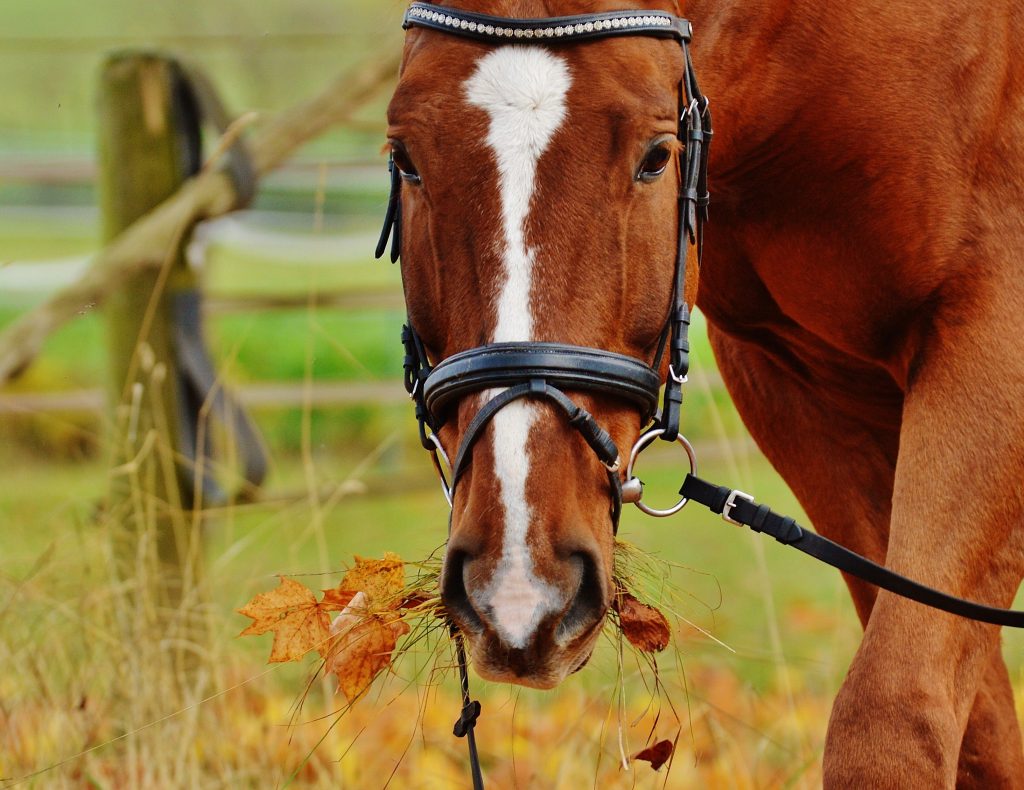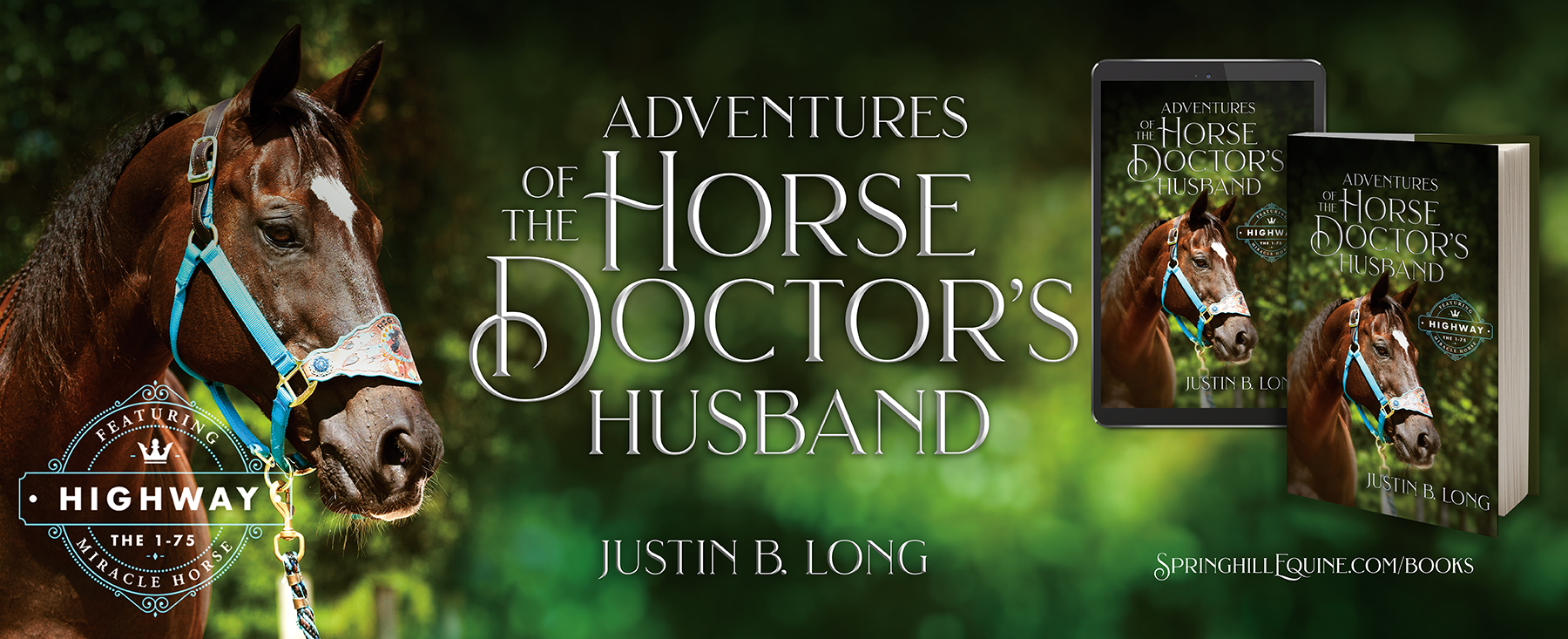Tuesdays with Tony
With the cooler temperatures comes a decrease in the available forage in the pastures for your horses. As we all know, horses will eat and eat and eat until there is nothing else to eat. But then again, so will I. When their regular forage is gone, horses tend to find anything else that might be good (or bad, for that matter) to eat which includes trees and plants that can be toxic and harmful to them. This week, I’m going to talk to you all about common trees and plants that we have in Florida and possibly in your pasture that could be toxic to your horses.
Toxic plants can cause a myriad of signs and symptoms, including, but not limited to, gastrointestinal upset, neurological changes, heart, lung, kidney and liver changes, skin problems, and even death. Luckily for you, I am well-versed in Florida plants and what problems they can cause your horse, and what we can do about it if you find these plants in your pastures.
Trees
There are so many beautiful trees in Florida that produce lovely flowers and fruits. Waste of space, if you ask me, who needs flowers or fruit? Now, fish, fish is something I can get behind, and fish isn’t toxic to your horse. They may not want to eat fish, but they definitely won’t die from not eating fish. The problem with these fruity and flowery trees is they are often toxic to your horse. Cherry trees of all kinds, Loquat trees, Sago Palm trees and Red Maple trees all produce toxins that may have negative effects on your horse’s health.
Cherry trees and Loquat trees produce cyanide, which, when ingested in large quantities, can affect horses within just hours after eating them. This includes the fruit, leaves, and bark of the trees. Cyanide prevents oxygen from being transported to the cells of the body, which leads to respiratory failure, seizures, and very rapidly, death. Sago Palm trees affect the digestive system and nervous systems of horses. As few as one or two seeds from the Sago Palm can cause bleeding of the gastrointestinal tract and liver failure and can lead to death within a few hours of ingestion. When wilted leaves of Red Maple trees are ingested, red blood cells are destroyed, and when red blood cells are destroyed, they can’t get oxygen to your horse’s vital organs. If left untreated it can result in death.
I hear horses love to sleep in the shade of trees. I prefer to sleep in the warm sun, but when choosing shade trees for your pasture, make sure to avoid trees that may produce toxins if ingested. They may be pretty, but pretty may be deadly, so do your homework before planting or letting your horse out in a new pasture.
Landscaping
I have yet to understand why you people love horses. They are always trying to hurt themselves, they are always sick, not to mention they are huge! I mean, they can’t even sit on your lap! What baffles me even more is that you love having horses in your backyard, but you also love having perfectly manicured and landscaped yards for your horses to live in.
Often times plants such as milkweed, lantana, oleander, rhododendron and azaleas are used in landscapes. Milkweed, lantana and oleander are known to attract butterflies. Don’t get me wrong, butterflies are great fun to chase, and I’ve gotten pretty good at catching them too, but they can be toxic to your horse if ingested (the plants, not the butterflies). These plants can cause photosensitivity, leading to skin and mouth sores, particularly if your horse is in direct sunlight for a long portion of the day. They can also cause more severe symptoms including gastrointestinal upset which can lead to diarrhea, anorexia, and death.
Horses do not typically find rhododendron to be overly palatable unless there is nothing else to consume in their pasture. If they do choose to ingest the plant, they are at risk of developing irregular heart rhythms or arrhythmias. Without treatment, death will occur. Of all landscaping plants you people like to use, azaleas are the least harmful. This doesn’t mean go out and plant an entire pasture of azaleas, it just means you don’t have to go out in your pasture tonight and pull out all your azaleas. If your horse ingests some of your azaleas, they may become nauseous or weak and may go off feed. The good news is, if you remove the azaleas, your horse will likely go right back to eating and do just fine. Of course, if he doesn’t, you know it’s time to call my docs to get your horse looked at as soon as possible.

Undergrowth/Shrubs
It seems like weeds, shrubs and undergrowth just seem to pop up and take over at any time, leaving your horse susceptible to accidentally or purposefully ingesting possibly harmful plants. Nightshade, yellow jessamine, crotalaria, stinging nettle, and bracken fern are all common Florida shrubs and undergrowth that can take over your pasture.
Nightshade and yellow jessamine can affect the nervous system and cause depression, ataxia, weakness, and respiratory distress. Nightshade also can have negative effects on the gastrointestinal tracts including nausea, anorexia, diarrhea and colic symptoms.
Crotalaria produces a very lovely yellow flower, but when your horse ingests this flower, they suffer from liver poisoning and damage to the cells in the lungs. Unfortunately, clinical signs of crotalaria toxicity typically do not show up until late stages of the disease, which makes treatment difficult and often unsuccessful, leading to death.
Ugh!!! There is nothing that I hate more than stinging nettle! If you’ve ever touched stinging nettle, you know what I’m talking about. That stupid little plant not only stings, but the sting lasts forever. I know this from experience, and no, I don’t want to talk about it. If your horse gets into stinging nettle, they may start to act erratic including rolling, stomping, and biting, which could easily be mistaken for colic. Your efforts to relieve your horse’s pain will be for not, and the only thing that will help your horse is time. The biggest danger to your horse after getting into stinging nettle is your horse. The best you can do is keep him safe until the sting subsides.
I find bracken fern makes great little hiding spots for me during the day. That being said, if your horse ingests bracken fern, it can cause them to become deficient in Thiamine, a vital B vitamin for your horse. Thiamine deficiency causes weight loss, lethargy, and ataxia, eventually leading to death after several weeks of clinical signs.
Obviously, this is not an exhaustive list of all the possible toxic plants that may be present in your horse’s pasture. However, as you can tell, toxic plants are very dangerous and possibly deadly to your horse. So, listen to this wise old cat and check you pastures for toxic plants prior to turning your horse out. If you are unsure of a plant, give my docs a call and they will help you figure out if your horse is at risk. You may also consult with the local UF/IFAS Extension agent who will come out to your property and walk your pastures with you to determine how safe they are for your horse.
That’s all for now. It’s nap time.
Until next week,
~Tony
Tuesdays with Tony is the official blog of Tony the Clinic Cat at Springhill Equine Veterinary Clinic in Newberry, Florida. If you liked this blog, please subscribe below, and share it with your friends on social media! For more information, please call us at (352) 472-1620, visit our website at SpringhillEquine.com, or follow us on Facebook!
[jetpack_subscription_form title="Subscribe to Whinny's Wisdoms"]

